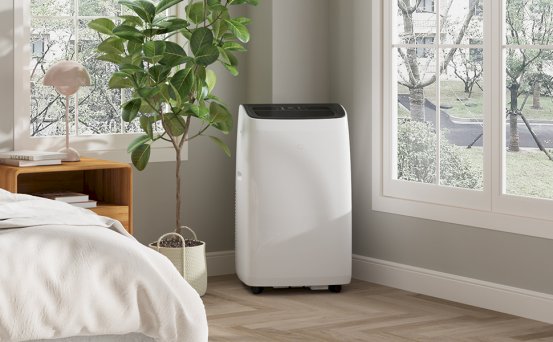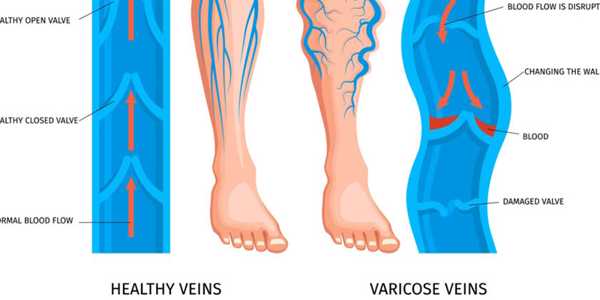Tech
Enhance Home Comfort: Tips for Choosing a Smart AC Unit
In recent years, the world of air conditioning has undergone a significant transformation. Traditional central air systems are no longer the only option for homeowners and businesses seeking efficient cooling solutions. Ductless AC systems and new portable air conditioners have emerged as game-changers in the HVAC industry, offering unprecedented flexibility, energy efficiency, and comfort.
In recent years, the world of air conditioning has undergone a significant transformation. Traditional central air systems are no longer the only option for homeowners and businesses seeking efficient cooling solutions. Ductless AC systems and new portable air conditioners have emerged as game-changers in the HVAC industry, offering unprecedented flexibility, energy efficiency, and comfort.

This article explores how these innovative cooling technologies are revolutionizing the way we think about climate control in our living and working spaces.
What are ductless AC systems and how do they work?
Ductless AC systems, also known as mini-split systems, consist of an outdoor compressor unit connected to one or more indoor air-handling units. Unlike traditional central air conditioning, ductless systems don’t require extensive ductwork to distribute cool air throughout a building. Instead, they use refrigerant lines to connect the outdoor and indoor units, allowing for targeted cooling in specific areas or zones.
The indoor units are typically mounted on walls or ceilings and can be controlled individually, providing customized comfort in different rooms. This zoned approach to cooling is one of the key ductless AC benefits, as it allows users to cool only the spaces they’re using, potentially saving energy and reducing utility costs.
How do new portable ACs differ from traditional window units?
New portable air conditioners have come a long way from their bulky, inefficient predecessors. Modern portable ACs are sleek, powerful, and designed for maximum convenience. Unlike window units that require permanent installation, portable ACs can be easily moved from room to room as needed. They typically feature wheels for easy mobility and require only a small exhaust hose that can be vented through a window or sliding door.
These units often come equipped with smart features such as programmable timers, remote controls, and even Wi-Fi connectivity for integration with smart home systems. This level of smart air conditioning allows users to control their cooling preferences with unprecedented ease and precision.
What are the energy-saving benefits of ductless and portable ACs?
One of the most significant advantages of ductless AC systems and new portable ACs is their potential for energy-efficient air conditioning. Ductless systems eliminate the energy losses associated with ductwork in traditional central AC systems, which can account for up to 30% of energy consumption. By delivering cool air directly to specific areas, ductless ACs can operate more efficiently and reduce overall energy usage.
Portable ACs, while not as efficient as ductless systems, still offer energy-saving cooling benefits compared to older window units or central air systems when used strategically. Their ability to cool specific areas on demand means users can avoid cooling unused spaces, leading to potential energy savings.
How do these systems improve indoor air quality and comfort?
Both ductless AC systems and modern portable ACs contribute to improved indoor air quality. Ductless systems often include advanced filtration options that can remove allergens, dust, and other particulates from the air. Without ductwork, there’s also less opportunity for dust and mold to accumulate and circulate throughout the home.
Portable ACs typically feature built-in air filters and some models even offer additional air purification features. The ability to move these units to different rooms allows for targeted air cleaning and dehumidification, which can significantly enhance comfort levels, especially in humid climates.
What unique features make ductless and portable ACs stand out?
Ductless AC systems and new portable ACs offer a range of innovative features that set them apart from traditional cooling methods. For ductless systems, the ability to create multiple cooling zones within a home or office is a game-changer. This allows for personalized comfort settings in different rooms, catering to individual preferences and potentially reducing conflicts over thermostat settings.
Many modern portable ACs come with smart features that allow for precise temperature control and scheduling. Some units can even learn user preferences over time, automatically adjusting settings for optimal comfort and efficiency. Additionally, the compact design of these systems makes them ideal for spaces where traditional AC installation might be challenging or impossible.
How do the costs and installation compare to traditional AC systems?
When considering the adoption of ductless AC systems or new portable ACs, cost and installation are crucial factors to evaluate. Here’s a comparison of these systems with traditional central air conditioning:
System Type | Average Cost Range | Installation Complexity | Energy Efficiency |
Ductless Mini-Split | $3,000 - $20,000 | Moderate | High |
Portable AC | $250 - $700 | Low | Moderate |
Central AC | $3,000 - $7,000 | High | Varies |
Prices, rates, or cost estimates mentioned in this article are based on the latest available information but may change over time. Independent research is advised before making financial decisions.
Ductless AC systems generally have a higher upfront cost than traditional central air conditioning, but they offer significant long-term savings through energy efficiency. Installation is less invasive than central AC, as it doesn’t require extensive ductwork. However, professional installation is still recommended to ensure optimal performance.
Portable ACs are the most affordable option upfront and require minimal installation, making them ideal for renters or those seeking a flexible cooling solution. While they may not be as energy-efficient as ductless systems for whole-home cooling, they can be an economical choice for cooling specific areas or supplementing existing AC systems.
In conclusion, ductless AC systems and new portable ACs are revolutionizing comfort by offering flexible, energy-efficient, and customizable cooling solutions. Their ability to provide targeted cooling, improve air quality, and adapt to various living spaces makes them attractive alternatives to traditional air conditioning methods. As technology continues to advance, these innovative cooling systems are likely to play an increasingly important role in shaping the future of home and office climate control.



